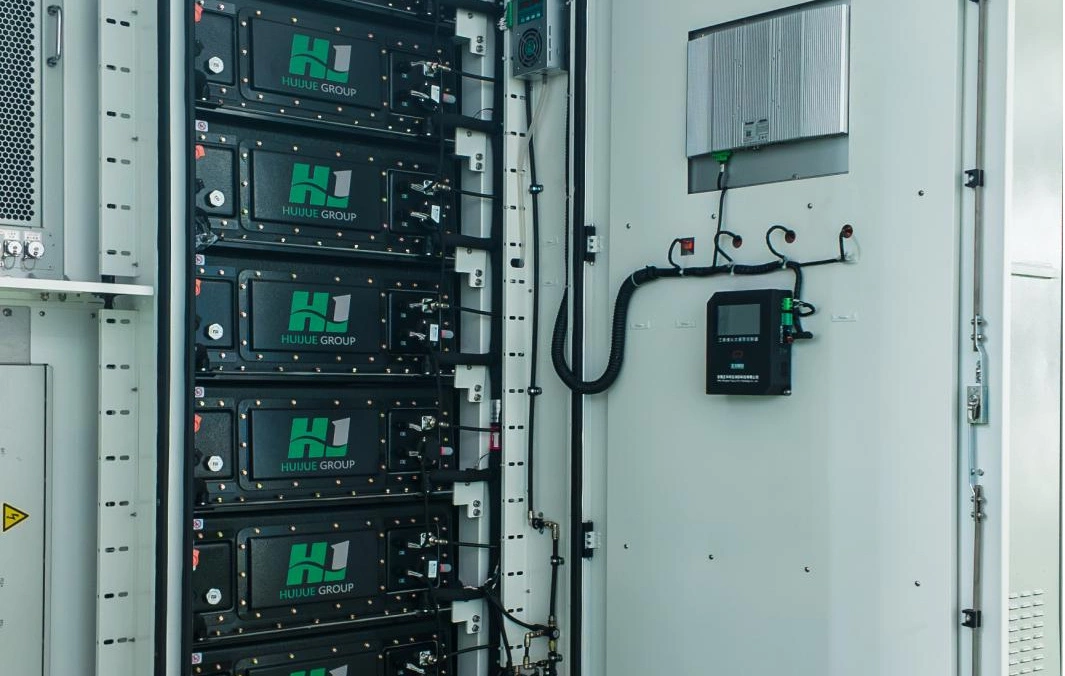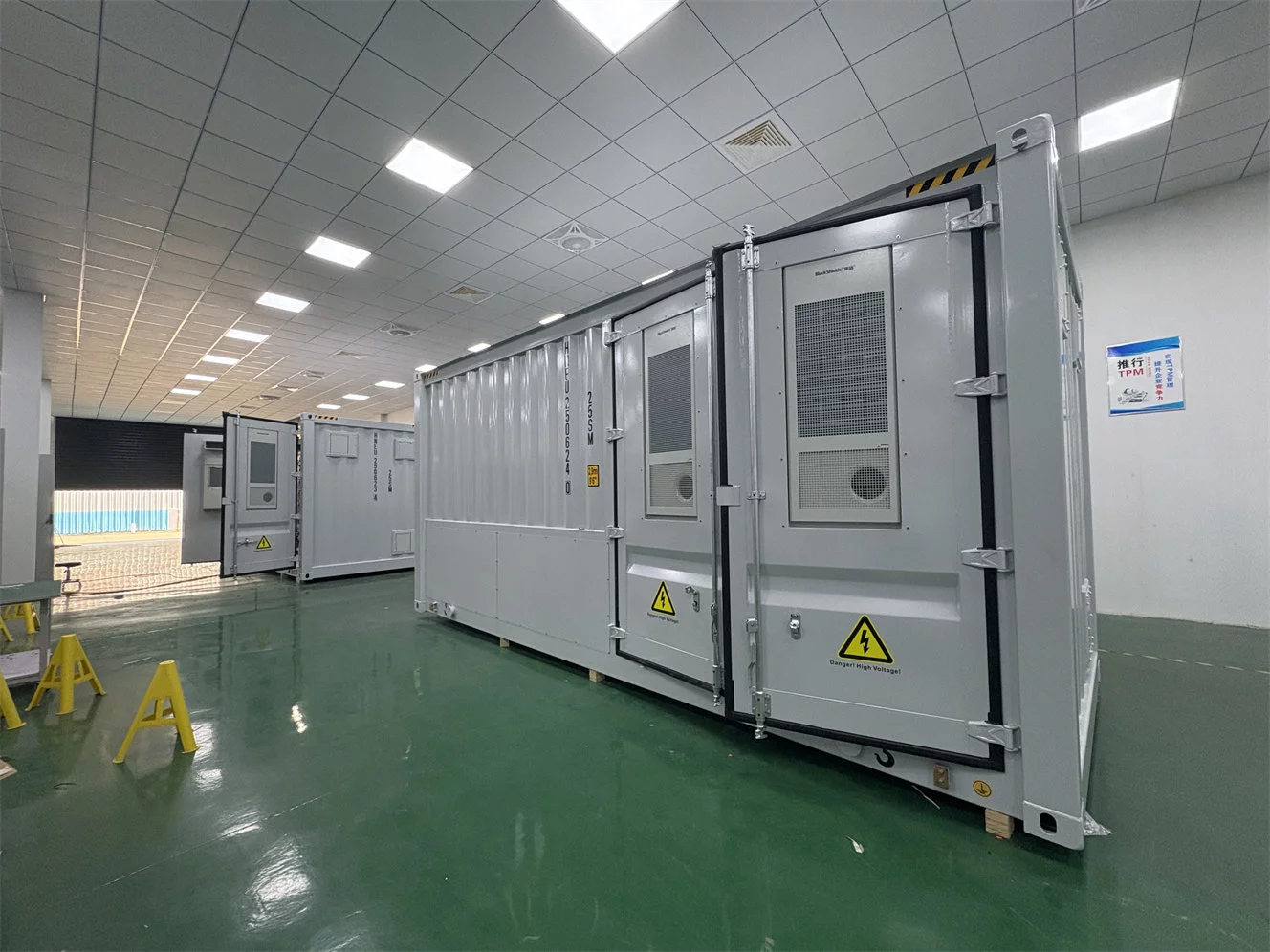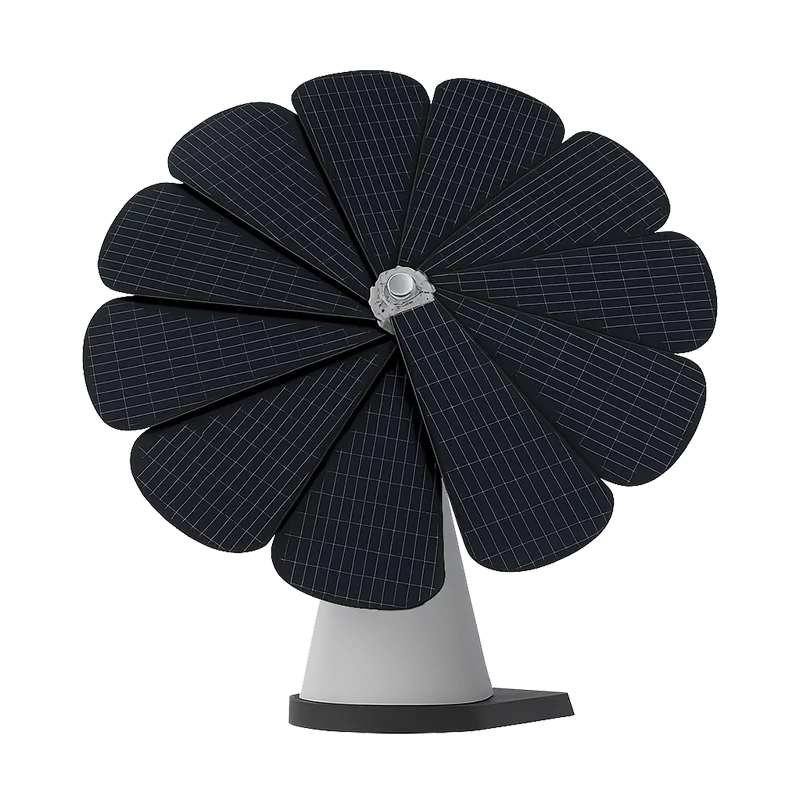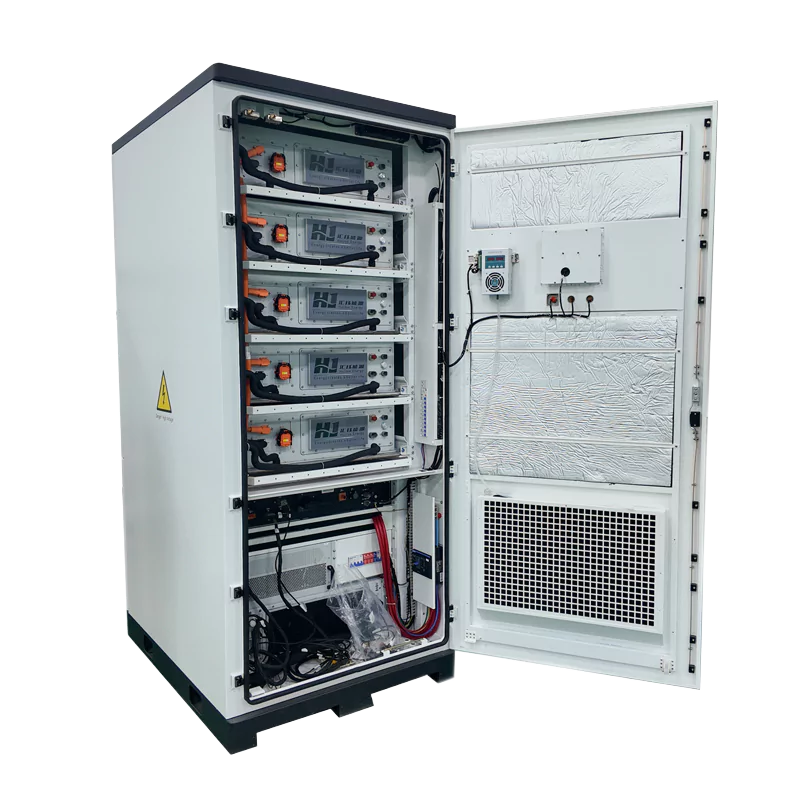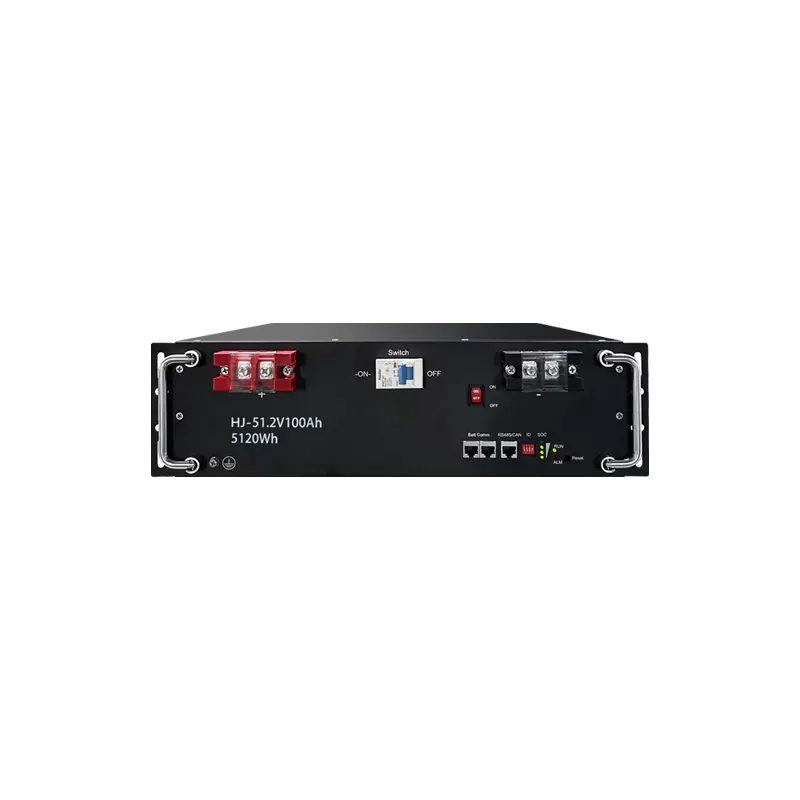Global BESS Cost Forecast 2026–2027: Utility-Scale Battery Storage Trends
LFP Technology, Regional Prices, and Strategic Insights for Developers & Investors
Executive Summary
The battery storage sector has entered a new phase of commercial maturity. What was once a frontier technology is now a core component of modern power systems. Analysts project that utility-scale system costs will approach $80 per kilowatt-hour of installed energy capacity by 2026, driven by continuous improvements in LFP battery chemistry, greater system integration efficiency, and more sustainable use of raw materials.
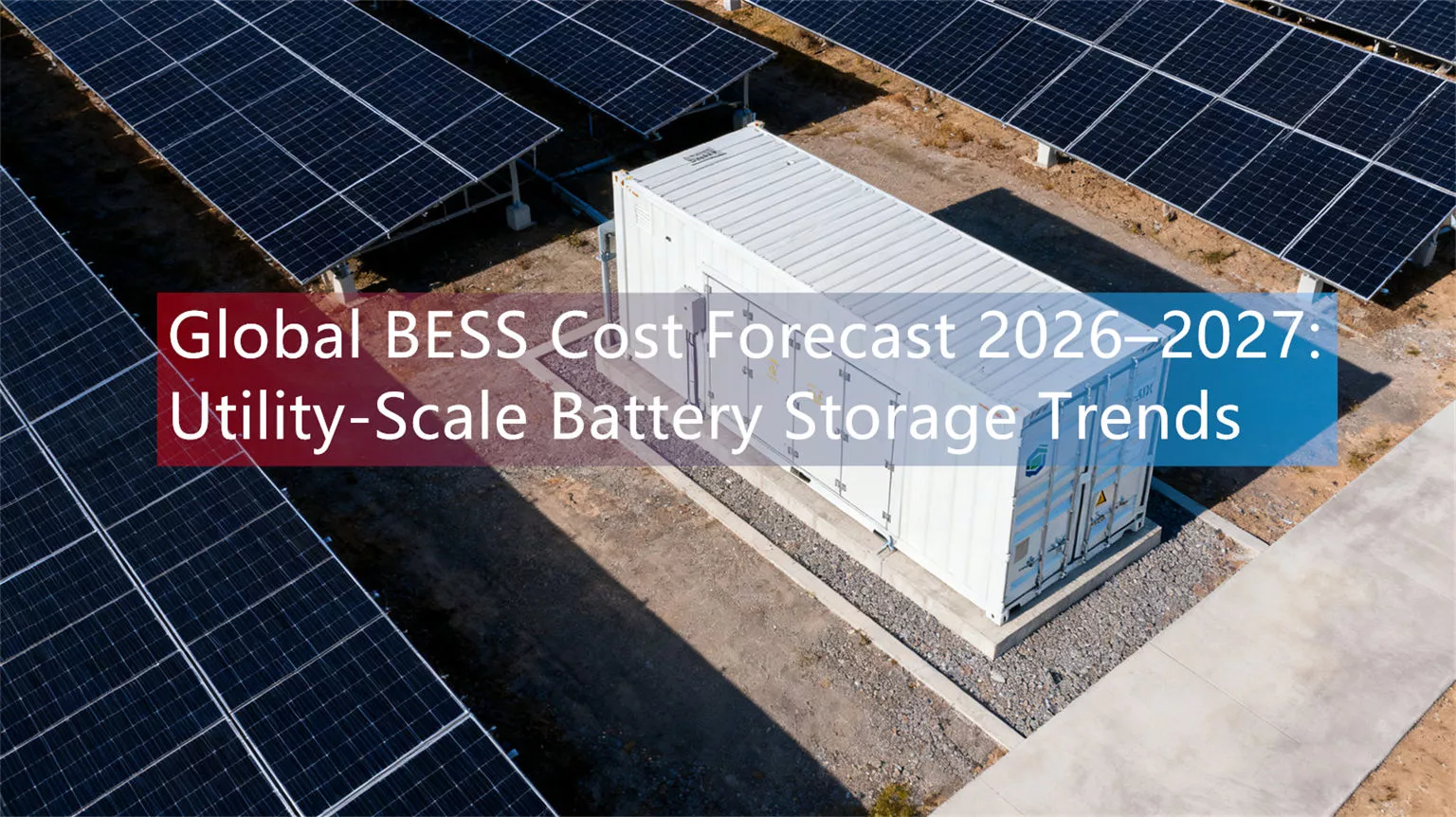
Across global markets—from North America to the Middle East—energy transition policies are strengthening the investment case for storage. For developers, utilities, and policymakers, 2026–2027 will represent a defining period, when large-scale storage begins to compete decisively on both cost and performance.
The Changing Economics of Energy Storage
Just a few years ago, energy storage was seen as an add-on to renewable generation. Today, it has become a fundamental pillar of the power sector. As global production scales up and supply chains mature, costs continue to decline, making storage projects increasingly bankable and widespread.
The economics of storage are evolving rapidly. Beyond managing peak demand or frequency balance, storage assets are now delivering grid value, financial returns, and operational flexibility. In several key markets, the levelized cost of storage (LCOS) is already undercutting gas peaker plants—making BESS the preferred option for new capacity additions.
Global BESS Cost Forecast: 2026–2027
Before diving into global market trends, if you want to understand the BESS costs and LCOS market dynamics in 2024–2025, you can refer to this article: Battery Energy Storage System (BESS) Costs in 2024–2025 – The Ultimate Guide to LCOS & Market Trends.
1. Overall Pricing Outlook
According to BloombergNEF (2024), average battery pack prices are expected to fall to around $80/kWh by 2026, roughly 50% lower than in 2023. This sustained decline reflects:
- Continuous improvements in energy density;
- Deeper vertical integration from cell to system level;
- Expanding global manufacturing capacity and intensifying competition.
2. Regional Cost Landscape
While the global trend is downward, regional pricing still varies due to local labor costs, supply-chain maturity, and policy frameworks.
| Region | Estimated Cost ($/kWh) | Key Cost Drivers |
|---|---|---|
| China | 65–101 | Economies of scale and a fully integrated domestic supply chain |
| Saudi Arabia | 73–75 | Record-low tender prices, low financing costs, and international partnerships |
| United States | ~236 | Incentives, localization mandates, and trade restrictions |
| Europe | ~275 | High labor intensity, regulatory fragmentation, and a developing supply base |

Regional Market Developments
United States
The U.S. continues to lead global deployment. Supported by the Investment Tax Credit (ITC) and the OBBBA Act, operational utility-scale capacity is projected to exceed 59 GWh by 2026. Projects initiated before mid-2026 will still qualify for full federal incentives, creating a short-term surge in activity.
Europe
Europe is redefining the role of storage within its capacity and reliability markets.
- Germany’s upcoming market reforms will begin compensating assets that provide inertia and frequency response starting in 2026.
- In the UK, active energy storage can currently earn around £90,000 per MW per year (≈$112,000), enabling potential project returns of up to 12%, depending on participation strategies.
Saudi Arabia
Saudi Arabia has emerged as a global benchmark for low-cost BESS. Recent tenders deploying 1,175Ah LFP cells in 6.25 MWh containerized systems have achieved record-low pricing of $73–75/kWh. The country targets 22 GWh of operational capacity by 2026, expanding to 48 GWh by 2030 under Vision 2030.
Australia
Australia’s evolving capacity market continues to shift investment priorities toward storage.Western Australia plans to lift reserve capacity payments to A$360,700/MW (≈US$234,000) by 2027–28, further strengthening the economic case for batteries over new gas-fired capacity.

Cost Components and Technical Drivers
1. Battery Cell Technology
LFP batteries remain the dominant chemistry due to their safety, cost stability, and long lifespan. Next-generation cells exceeding 314Ah are improving energy density and reducing balance-of-system (BOS) requirements, driving further cost compression.
2. System Integration and Equipment
Beyond the cell, components such as inverters, enclosures, and thermal management systems account for roughly 35–50% of total system costs. The ongoing shift toward factory-assembled modular systems shortens installation time and enhances logistics efficiency.
3. Soft Costs
Soft costs—including permitting, interconnection, and financing—can still represent more than 25% of total project expenditure. Streamlined regulation, standardized contract templates, and transparent permitting can substantially reduce these overheads.
Value Stacking: Moving Beyond Cost Reduction
Profitability in energy storage increasingly depends on value stacking—capturing multiple revenue streams across market layers. Key value opportunities include:
- Energy Arbitrage: Exploiting daily price spreads, especially in markets like the UK, where up to 792 hours of negative prices are expected by 2026.
- Ancillary Services: Germany and Australia are opening new markets for inertia and fast frequency response.
- Capacity Payments: The UK and Australia now treat BESS as dispatchable generation, qualifying for capacity revenues.
- Grid Deferral: Storage can defer expensive transmission upgrades and enhance local grid reliability.

Key Risks and Market Constraints
- Supply Chain Concentration: Heavy reliance on Asian manufacturers increases exposure to geopolitical and logistics risks.
- Interconnection Delays: Connection queues remain a significant barrier in both the U.S. and Europe.
- Rising Soft Costs: Escalating labor and permitting costs may offset part of the hardware cost decline.
- Revenue Volatility: Merchant projects face uncertainty from fluctuating electricity prices.
- Rapid Technology Cycles: Fast innovation can complicate financing and shorten asset economic life.
Strategic Insights for Stakeholders
For Utilities and Developers
- All-in costs for 4-hour systems are converging around $250–350 per kW per year.
- Diversified revenue stacking and advanced dispatch optimization are essential to meet target IRRs.
- Monitoring incentive transitions and regulatory timelines will help maintain portfolio alignment.
For Industrial and Commercial Users
- On-site storage combined with solar PV can significantly reduce demand charges and enhance resilience.
- Modular plug-and-play systems lower installation risks and simplify maintenance.
For Policymakers and Analysts
- Falling LFP costs make BESS a direct competitor to gas peakers.
- Market rules should recognize the multi-service flexibility of storage.
- Incentives for local manufacturing and recycling can narrow regional cost gaps and build long-term resilience.
Conclusion: Looking Toward 2027
By 2026–2027, leading markets are expected to achieve BESS system costs below $80/kWh, confirming storage as a mainstream grid asset. Although regional disparities will persist, the broader trend is unmistakable—lower costs, wider deployment, and deeper integration with renewables.
For investors and developers, these years represent a strategic inflection point. Early movers in low-cost markets and next-generation technologies will be best positioned to capture value in the decade ahead.
Sources: BloombergNEF, Goldman Sachs, IEA, Saur Energy, public regulatory filings. Actual project economics may vary by region, project configuration, and market design.
Find Your Solar + Battery Storage Specialist Now!
* Fill out this form and our experts will help you find the perfect solar storage solution for your home or business.





